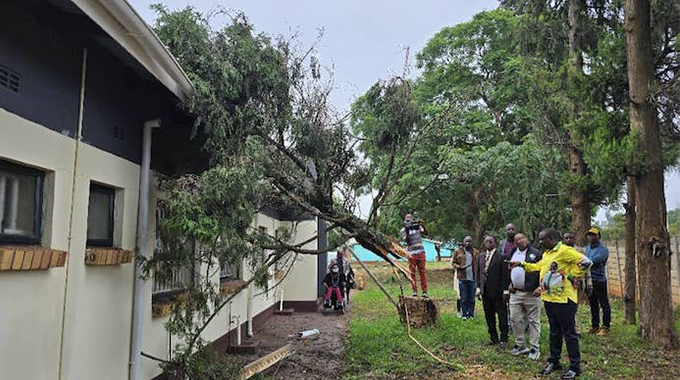President ED launches the Electronic Government Procurement (e-GP) system

Online writer
President Mnangagwa
PRESIDENT Mnangagwa officially launched the electronic Government Procurement (e-GP) system, on 23 October at the third Annual Public Procurement Conference organised by the Procurement Regulatory Authority of Zimbabwe (PRAZ) in Harare.
PRAZ) has adopted the system as part of reforms designed to minimise corruption and interference in public procurement as face-to-face interaction will be done away with.
Mr Clever Ruswa, the PRAZ chief executive officer, is on record saying the State procurement regulator would spend about US$2 million on the various stages of implementation over the three-year phased programme.
The programme was, initially, supposed to be bankrolled by development partners through the Zimbabwe Reconstruction Fund (ZIMREF), but the plans were held back by resource limitations.
Mr Ruswa said in October last year President Mnangagwa pledged to support the authority with funding and has since made good on his word allowing the programme to kick off.
PRAZ has been using the modular approach where supplier registration is partially done online, or alternatively where bidders access PRAZ services through Zimpost infrastructure, which is dotted around the country.
EGP, also known as e-procurement or supplier exchange, is a business-to-business process of requisitioning, ordering, and purchasing goods and services online facilitating interactions between preferred suppliers and customers through bids, purchase orders and invoices using a supplier’s closed system.
Vendor management or supplier management is one of the most important aspects of e-procurement. It involves both supplier relationship management and supplier information management. It eliminates the need to manually carry out laborious, procurement-related tasks, exchanging supplier contracts, and filling out supplier onboarding questionnaires.
The process works by connecting various entities and processes through a centralised platform.












Comments